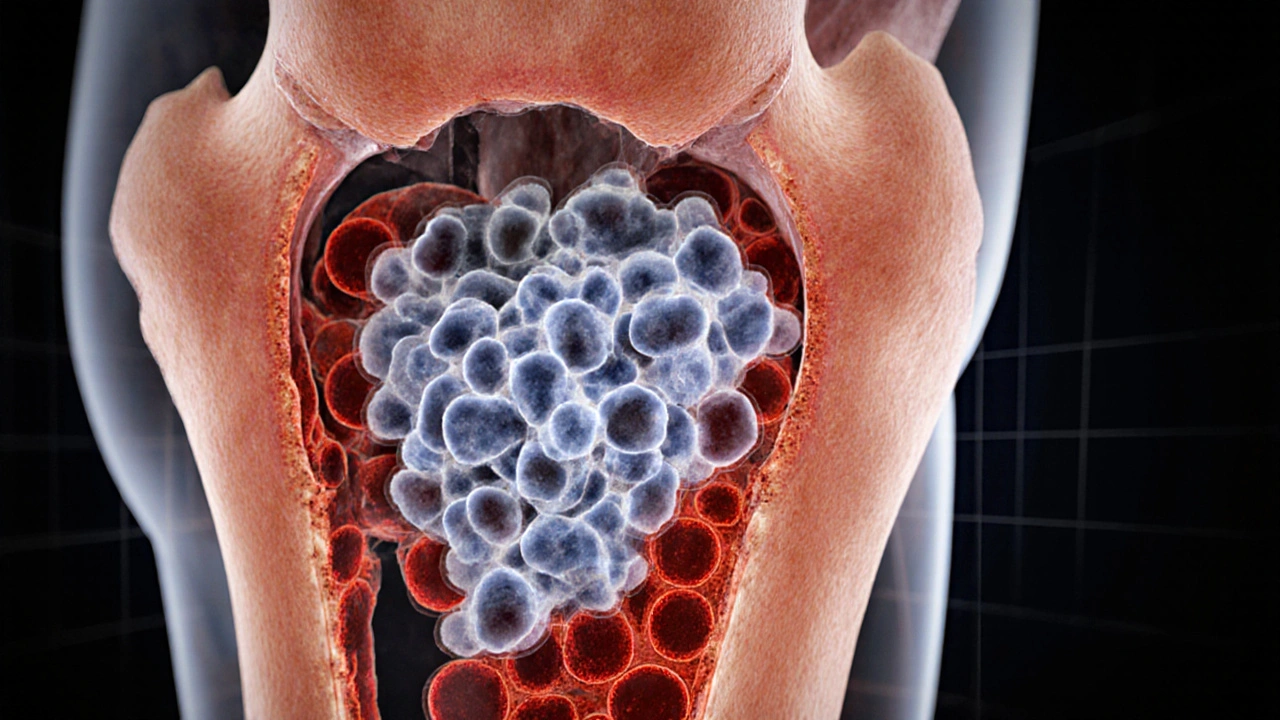Blood Disorders – Overview, Types, and Management
When talking about blood disorders, a group of conditions that affect the composition, function, or production of blood components. Also known as hematologic diseases, they can impact red cells, white cells, platelets, or plasma. Understanding these conditions helps you spot warning signs early and choose the right care.
One of the most common categories is anemia, a shortage of healthy red blood cells or hemoglobin that reduces oxygen delivery to tissues. Anemia often shows up as fatigue, shortness of breath, or pale skin, and it can stem from iron deficiency, chronic disease, or genetic traits. Treating anemia usually means iron supplementation, dietary changes, or addressing the underlying cause, and regular blood tests are essential to track recovery.
Another major group is clotting disorders, conditions that affect the blood’s ability to form or break down clots. Whether it’s a tendency to bleed excessively, like in hemophilia, or a risk of unwanted clots, such as in deep‑vein thrombosis, these disorders dictate the choice of anticoagulant or clotting factor therapy. Understanding a patient’s clotting profile is critical before prescribing blood‑thinning medication.
Leukemia represents a serious subset of blood disorders, defined as leukemia, a cancer of the blood‑forming tissues that leads to abnormal white‑cell proliferation. Symptoms may include unexplained bruising, frequent infections, and weight loss. Treatment often combines chemotherapy, targeted drugs, and sometimes stem‑cell transplantation. Early diagnosis through complete blood counts and bone‑marrow analysis improves outcomes dramatically.
Accurate diagnosis hinges on reliable blood tests. Complete blood counts (CBC), iron studies, coagulation panels, and genetic screens each reveal a piece of the puzzle. For example, a low hemoglobin level points to anemia, while prolonged clotting times signal a bleeding disorder. Regular monitoring lets clinicians adjust iron doses, tweak anticoagulant levels, or assess treatment response in leukemia patients.
Beyond medication, lifestyle plays a big role in managing blood disorders. Consuming iron‑rich foods like red meat, beans, and leafy greens supports red‑cell production. Vitamin B12 and folate help prevent certain anemias, and staying hydrated aids circulation, which matters for clotting health. Patients on anticoagulants should avoid sudden changes in diet that could alter drug absorption, and they must discuss any new supplements with their healthcare provider.
In the sections that follow you’ll find deeper dives into specific medicines, supplements, and health tips that relate directly to blood health. Whether you’re looking for drug comparisons, dosage guides, or ways to boost your iron levels safely, the articles below cover the spectrum of information you’ll need to make informed decisions.
Leukemia and Anemia: Key Connections You Must Know
Learn how leukemia leads to anemia, recognize overlapping symptoms, understand diagnostic tests, and discover effective management strategies for both conditions.
